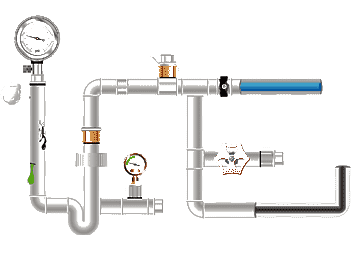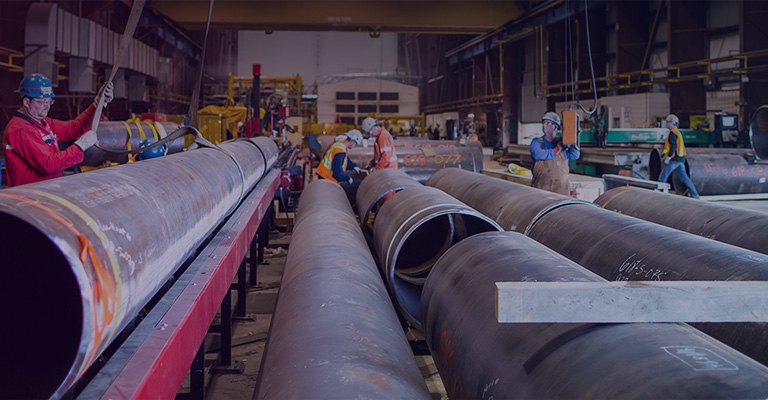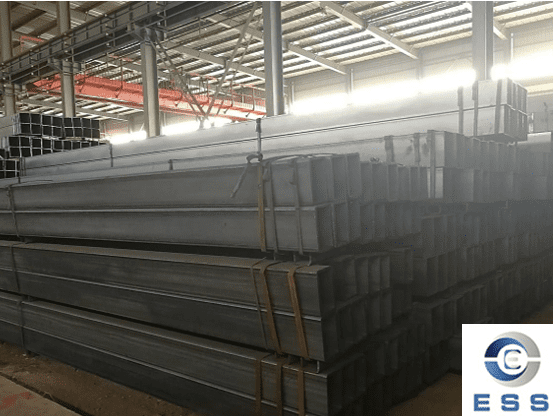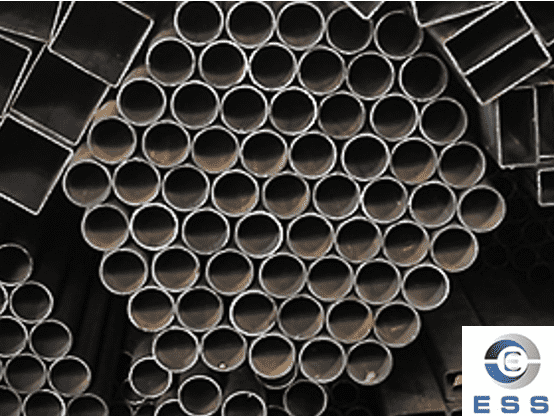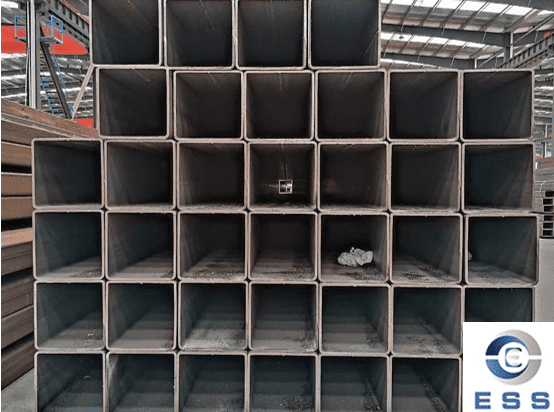What are the delivery terms for DIN2391 seamless steel pipe?
The DIN 2391 standard specifies seamless steel pipes for mechanical and automotive applications. Main product steel/steel grade: DIN2391-1 (ST35, ST45, ST52). The technical delivery conditions are as follows:
1. Surface condition
The inner and outer surfaces of the steel pipe must be smooth, without surface defects such as ears, wrinkles, or heavy skin, and the average roughness Ra≤μm. Appropriate methods can be used to remove relatively small surface defects, but care should be taken not to exceed the allowable deviation of size.
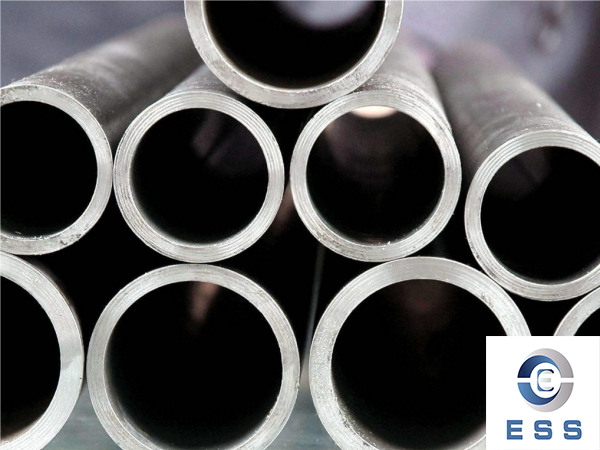
2. Allowable deviations in diameter and wall thickness
For steel pipes delivered with BK and BKW, the allowable diameter deviation shall be based on DIN2391 Pt1. However, for steel pipes in the delivery state of BKS, GBK, and NBK, due to heating deformation, the diameter deviation increases, and the allowable increase is as follows:
1) S/D≥1/20 according to the value specified in DIN 2391 Pt1 dimension table.
2) 1/40≤S/D<1/20 1.5 times the value specified in the DIN 2391 Pt1 dimension table.
3) S/D<1/40 is twice the value specified in the DIN2391 Pt1 dimension table.
4) The wall thickness deviation is ±10% of the nominal size.
3. Bending deviation
The curvature deviation is expressed by the deviation of any two points parallel to the axis of the steel pipe with a length of 1000mm or a ruler.
1) D>15mm curvature deviation≤0.25% of the measured length
2) For steel pipes with yield point >500MPa, bending deviation ≤ 0.3% of the measured length
3) For fixed-length steel pipes less than 1000mm, the maximum bending deviation is 0.3% of the respective pipe length.
4) For steel pipes with D≤15mm, the measurement method should be negotiated. If straightness requirements are high, Class C quality should be used.
4. Length tolerance
Double ruler length: ±500mm
Fixed length: L≤500mm 0~+2mm
500mm 2000mm 5000mm L>7000mm Negotiable
5. Over-delivery and under-delivery
For steel pipes with precise lengths, underdelivery is not allowed. Overdelivery should meet the following requirements: Order quantity (m) Allowable deviation (%)
≤500+20
50>2000+10
6. Ring sample flattening test
For annealed or normalized steel pipes with S<15%D, the flattening test is carried out according to DIN EN 10233, and the distance between the pressure plates is: H=(1+C)S/(C+S/D)
In the formula: S=wall thickness (mm)
D=outer diameter of steel pipe (mm);
C=constant
For St 30 and St 35, its C value is 0.09, for St45 and St52, its C value is 0.07
7. Expansion test
For D≤150mm and S≤9mm, expand to the following expansion rate according to DINEN10234.
8. Non-destructive testing
If there are special requirements for the dispersion of steel pipes, the following non-destructive testing methods may be considered:
1) Hole flow inspection, based on PRP02-74, mainly checks for horizontal positioning defects
2) Ultrasonic flaw detection, in accordance with the Steel Flaw Detection Standard Volume 1915, mainly checks for weaving directional defects.
9. Logo
Steel pipes should be marked with signs and fixed on pipe racks or packaging boxes. The marked content is as follows:
1) Manufacturer's mark
2) Delivery technical conditions and quality level
3) Steel type
4) Delivery status (abbreviation)
5) Dimensions
6) Inspector’s mark
10. Surface protection
Unless otherwise agreed, steel pipes should be temporarily anti-corrosion treated when delivered.
11. Packaging
The type of printing and packaging should be specified in the agreement.
Read more: Din en 10220 seamless steel pipes









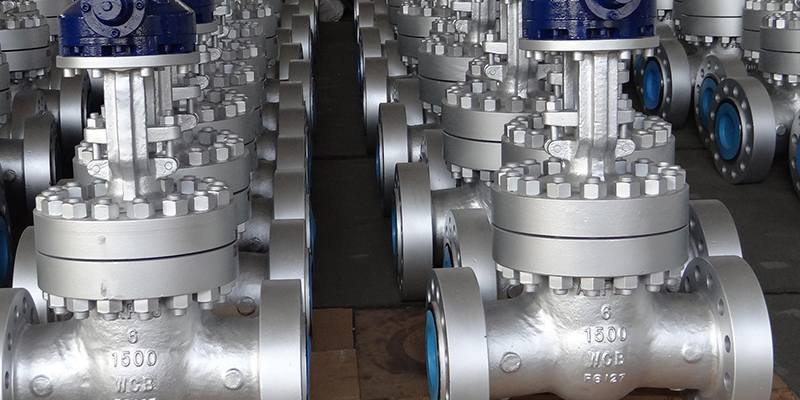
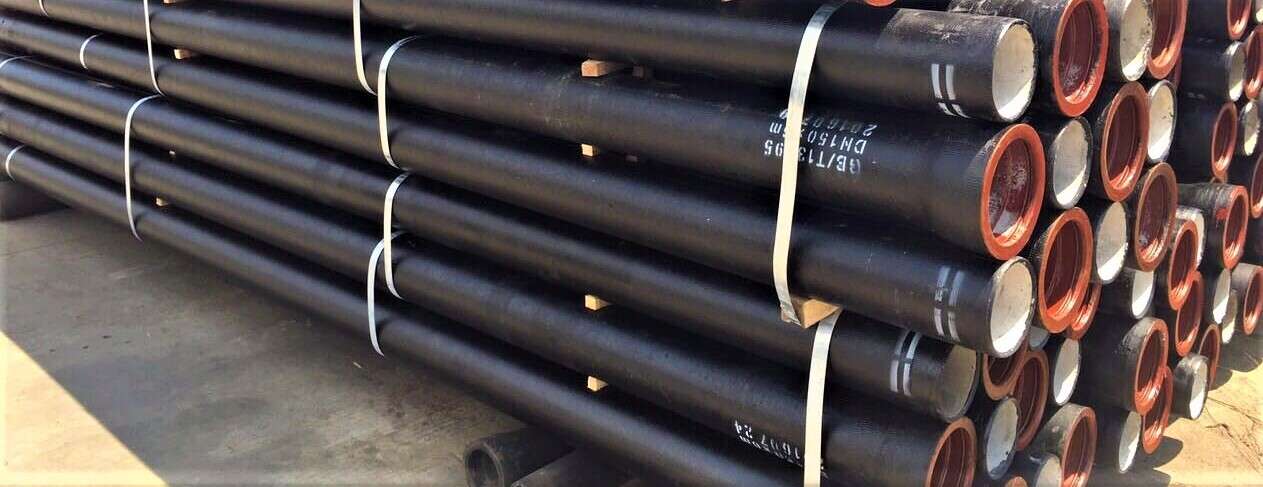

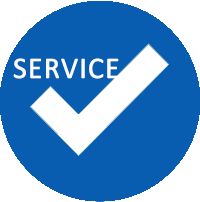
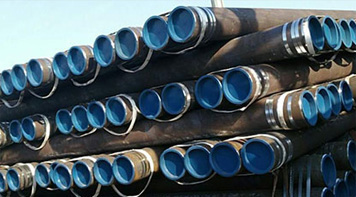 Eastern Steel Manufacturing Co.,Ltd not only improve product production and sales services, but also provide additional value-added services. As long as you need, we can complete your specific needs together.
Eastern Steel Manufacturing Co.,Ltd not only improve product production and sales services, but also provide additional value-added services. As long as you need, we can complete your specific needs together.
